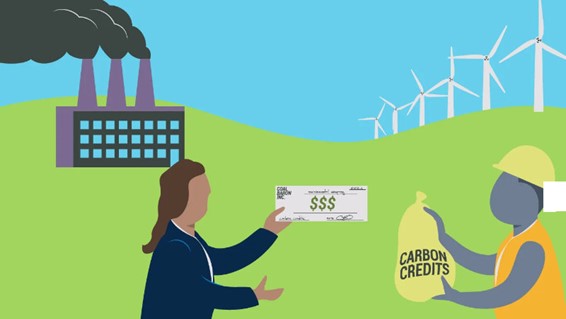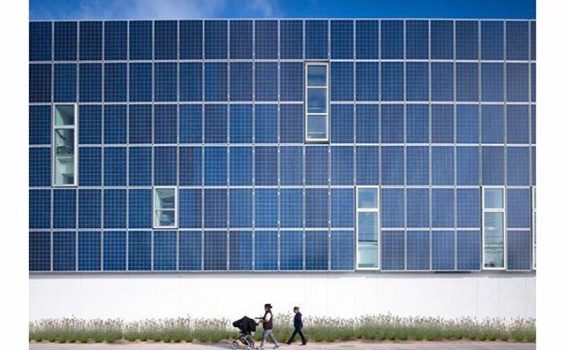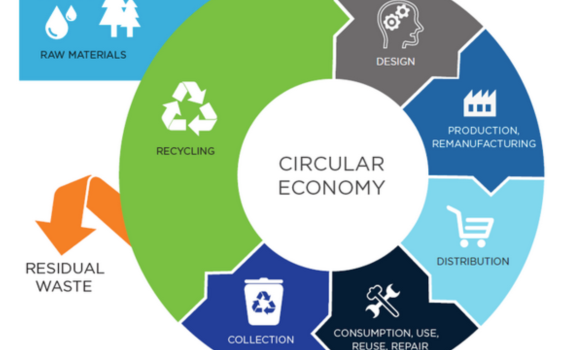
The Safeguard Mechanism
8 February 2024

| The Safeguard Mechanism attempts to set an upper limit of greenhouse gas (GHG) pollution for major greenhouse gas emitters, those entities emitting >100,000 t CO2 or equivalent (e.g. including methane) per year. If they exceed that limit, then they are required to purchase offsets. It was introduced by the Coalition government in 2016 and modified by Labor in 2023. |
|
The upper limit – called a baseline, but it is really a ceiling – was set so high by the Coalition that it was ineffective in reducing GHG emissions. Labor has modified the scheme1, but its effectiveness remains questionable. New baselines will be set for each of the 215 enterprises affected determined from recent data, with a common baseline to be determined for each sector (e.g. coal, oil and gas, transport) towards 2030. From mid-2023, GHG emissions from the around 215 enterprises affected are required to decrease at a rate of 4.9% per year, based on a 5-year rolling average. This is supposedly consistent with Labor’s target of a 43% emissions reduction from 2005 levels by 2030. If an entity’s emissions decreases faster than 4.9% pa, it can accumulate tradeable Safeguard Mechanism Credits (SMCs). If they exceed the baseline, entities can purchase SMCs or carbon offsets in the form of Australian Carbon Credit Units (ACCUs). Failure to do so would incur a fine of A$275 per tonne of excess emissions. Some major flaws in the revised Safeguard Mechanism are summarized as follows: · Labor’s target of 43% emissions reduction by 2030 is insufficient to be consistent with the global objective of reaching net zero by 2050 and keeping mean global temperature <1.5°C. · This scheme applies to only about 28% of Australia’s emissions with no concurrent scheme to reduce the remaining emissions. · Most of the entities falling under the scheme have increased emissions from 2005 to 2022, so a 43% reduction from 2022-23, as prescribed in the plan, would result in a reduction of less than 43% if 2005 is the baseline. · The scheme does nothing to address exported (Scope 3) emissions, to which Australia is a major global contributor through coal and LNG exports. · There is scope for emitters to delay required emissions reductions through promising to later install technology, such as carbon capture and storage (CCS), which is not technically or financially viable. · The offsets provision remains as a loophole for not doing anything about emissions reductions at all.2 Most companies would find it much cheaper to buy offsets than invest in production changes that would effectively reduce emissions. Woodside Petroleum has boasted that it has already purchased nearly all carbon emission offset credits it needs for its 2030 emission reduction target. 3 · Methane is a major component of GHGs in Australia, but it is neither accurately measured nor its potency relative to CO2 relevantly assessed. |
| To dampen ongoing climate wars, Labor has adopted and adapted a Coalition-legislated scheme for GHG emissions. However, there remain many loopholes in avoiding the required 4.9% pa reduction in emissions. The only effective way to force down GHG emissions is to make the polluter pay or legally enforce the phased reduction of emissions. |


Discussion